Plants
-
 Health & Medicine
Health & MedicineCocoa antioxidants boost the aging brain
High doses of cocoa flavanols can improve some types of brain function in older individuals, a new study shows.
-
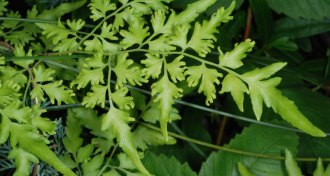 Plants
PlantsHow female ferns make younger neighbors male
Precocious female ferns release a partly formed sexual-identity hormone, and nearby laggards finish it and go masculine.
By Susan Milius -
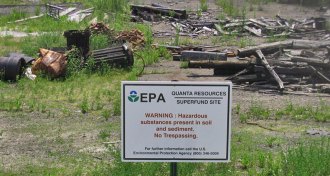 Environment
EnvironmentEngineered plants demolish toxic waste
With help from bacteria, plants could one day clean up polluted sites.
By Beth Mole -
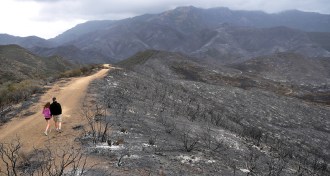 Plants
PlantsClimbing high to save a threatened West Coast plant
A group of scientists hopes to save a cliff-hugging plant threatened by invasive grasses, drought and fire in California’s Santa Monica Mountains.
By Nsikan Akpan -
 Ecosystems
Ecosystems‘Where Do Camels Belong?’ explores invasive species
Ecologist Ken Thompson takes a closer look at the impacts (or lack thereof) of invasive species.
-
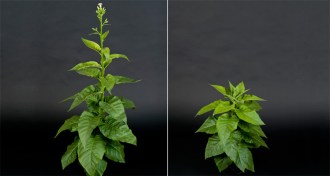 Plants
PlantsBorrowed genes raise hopes for fixing “slow and confused” plant enzyme
Inserting some bacterial Rubisco chemistry into a plant might one day boost photosynthesis and help raise crop yields.
By Susan Milius -
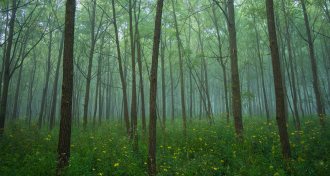 Plants
PlantsHelping trees adapt to climate change possible but a huge task
A new study finds that it would be possible to assist the migration of trees and help them adapt to climate change, but the scale of such a project would be massive.
-
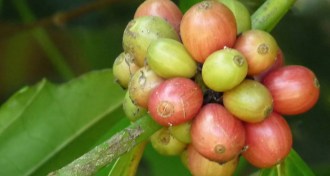 Genetics
GeneticsSource of coffee’s kick found in its genetic code
Coffee doubled up on caffeine-making genes. Those genes evolved independently from similar ones found in tea and chocolate plants.
-
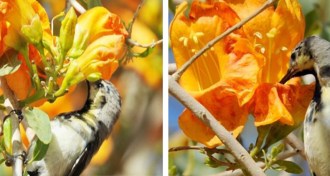 Plants
PlantsThese trees don’t mind getting robbed
Desert teak trees in India produce more fruit after they’ve been visited by nectar robbers.
-
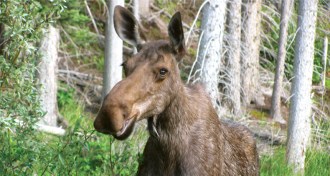 Ecosystems
EcosystemsMoose drool can undermine grass defenses
Saliva from moose and reindeer sabotages plants’ chemical weaponry.
By Susan Milius -
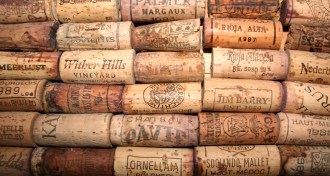 Plants
PlantsWine corks may owe quality to gene activity
Discovery of genes that distinguish superior stoppers from inferior ones could help reverse recent global downturn in quality.
By Nsikan Akpan -
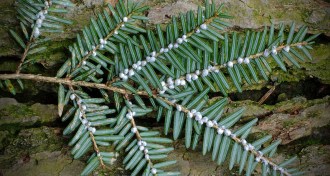 Ecosystems
EcosystemsInvasive insect tied to shrinking river
A river in North Carolina shrank after a hemlock woolly adelgid eradicated eastern hemlock trees in the region.